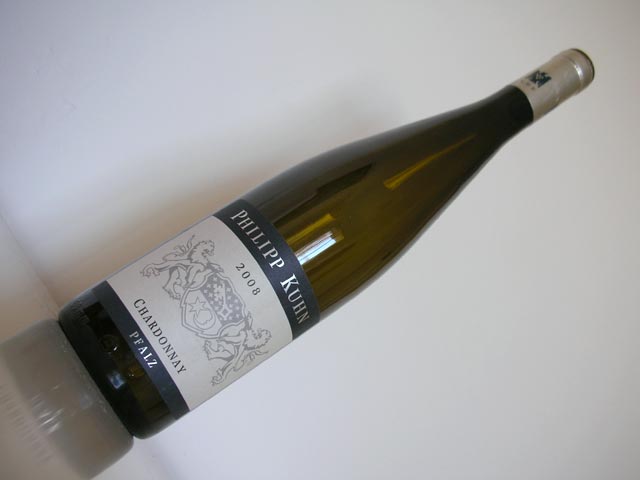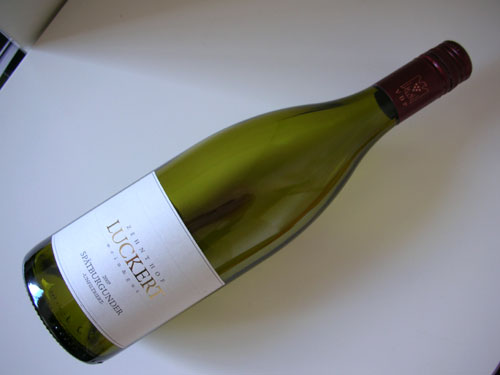Philipp Kuhn, Chardonnay, 2008
If you are a regular reader of the Wine Rambler, you may have noticed that we do not review much Chardonnay here. Obviously, this is because we are nationalist Riesling-loving basterds from a country that does not make Chardonnay. All very true, apart from, well, Germans do actually grow Chardonnay, and not only for making sparkling wines. So the other day, when I had a few English friends over for wine and food, I opened one of those Chardonnays to remind myself how good they can be.








